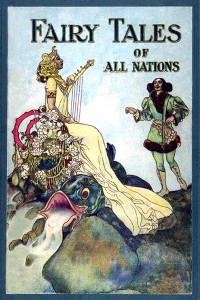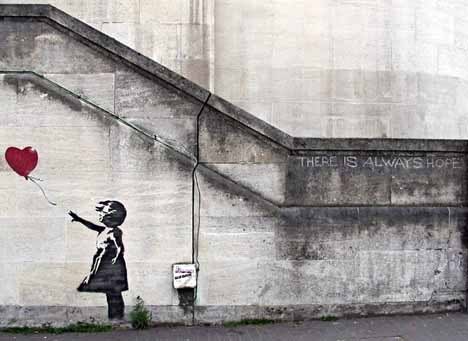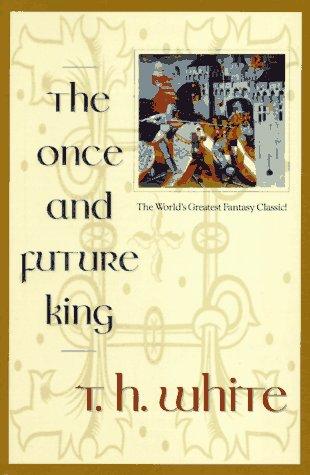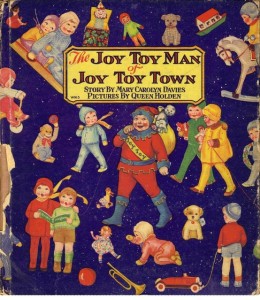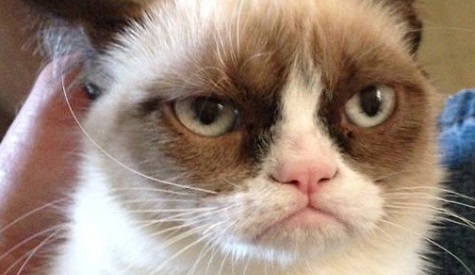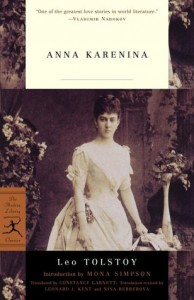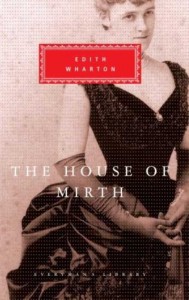by Jas Faulkner
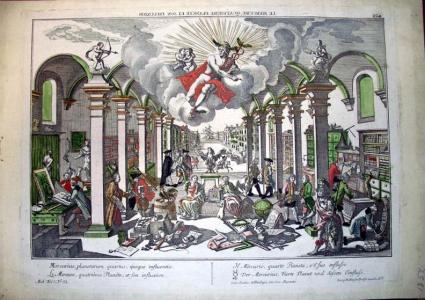 A little over a year ago, I sat down and created a list of guidelines for dealing with misconceptions the public has about what writers do. It was directed at the newer members of the writing pool at another website. Last week I accidentally emailed it as a file to Sam and Tab, my bookseller buds down in Mississippi. They made me aware of my mistake and told me that with some small variations, the list could actually apply to booksellers as well as writers. Tab told me she read the list aloud and both of them more often than not shouted “YES!” or “AMEN” after each entry.
A little over a year ago, I sat down and created a list of guidelines for dealing with misconceptions the public has about what writers do. It was directed at the newer members of the writing pool at another website. Last week I accidentally emailed it as a file to Sam and Tab, my bookseller buds down in Mississippi. They made me aware of my mistake and told me that with some small variations, the list could actually apply to booksellers as well as writers. Tab told me she read the list aloud and both of them more often than not shouted “YES!” or “AMEN” after each entry.
So, my Third Day of Christmas gift to the booksellers who read here, is your own list. I did this to let all of you know how much I appreciate that I can still go somewhere and find a store full of books to browse and buy.

